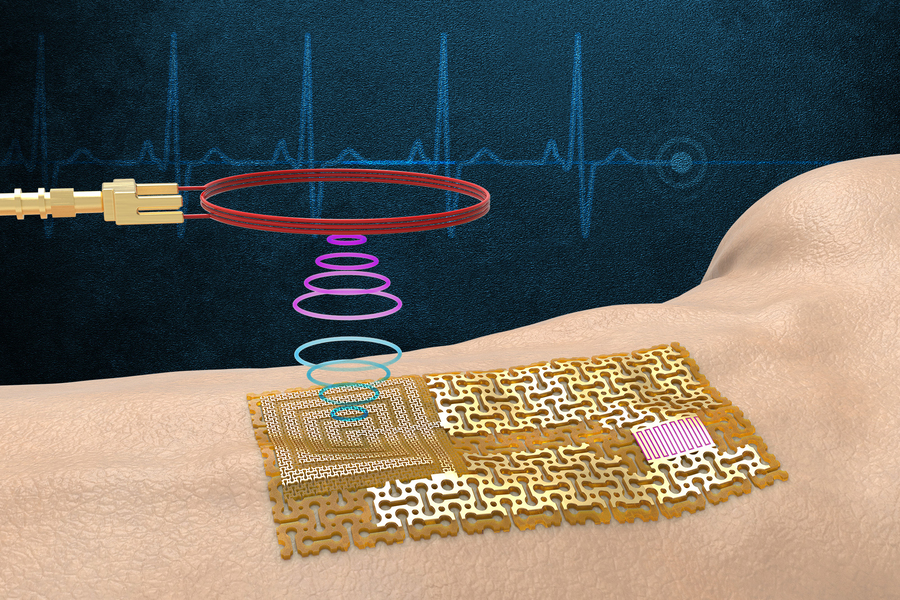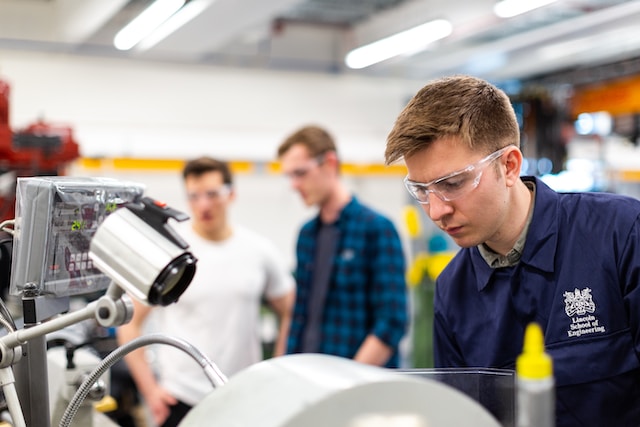Just imagine if two abundantly available free resources – sewage and sunlight – could provide a sustainable energy source while greening the planet. Researchers at the University of Santa Cruz have developed a solar microbial device that uses only sunlight and wastewater to produce hydrogen gas. This breakthrough could provide a sustainable energy source while improving the efficiency of sewage treatment.
The hybrid device combines a microbial fuel cell (MFC) and a type of solar cell called a photoelectrochemical cell (PEC). In an MFC, bacteria degrade organic matter in the wastewater, generating electricity in the process. This electricity is delivered to the PEC to trigger the solar powered splitting of water (electrolysis) to generate hydrogen and oxygen.
Either MFC or PEC can be used alone to produce hydrogen gas but they require a small additional voltage to overcome the thermodynamic energy barrier for proton reduction into hydrogen gas. The requirement of additional electric power adds significantly to the cost and complexity of the energy conversion devices.
The solar microbial hybrid device is more energy efficient and self sustained because the combined energy from the organic matter (harvested by the MFC) and sunlight (captured by the PEC) is sufficient to drive electrolysis of water. The only energy sources are wastewater and sunlight.
Researchers are planning to scale up the small laboratory device to make a larger 40 liter prototype. If the results are promising, they plan to integrate the device with pipelines in water treatment plants for continuous wastewater feeding and continued production of hydrogen fuel.






